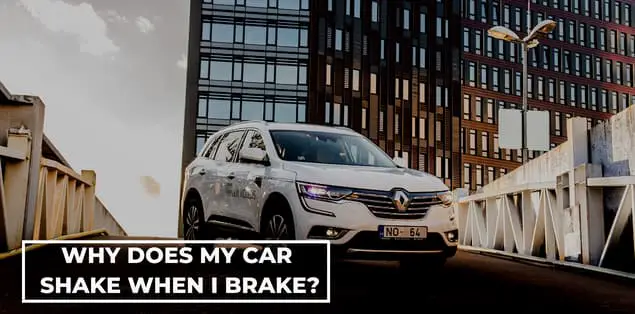So, why does my car shake when I brake? You are approaching a stop sign, and your vehicle begins to shake as you apply the brakes. When you hit the brakes, the brake shudder, and the car vibrates as if it were traveling throughout corrugated iron. However, it will not pass over any corrugated iron, cobblestones, or a collection of “Bot’s dots.”
The surface of the road is not rough at all; nonetheless, the ride in your automobile provides you with an unwelcome full-body massage. So when you apply the brakes, you’re probably wondering, “Why does it shake?”
When you use the brakes, it’s an unsettling sensation when your automobile begins to wobble. If the shaking only happens while you are using the brakes while driving, especially on a vehicle with front or all-wheel disc brake rotors, this might result from several problems, some of which we have described below.
BRAKE ROTOR ISSUES
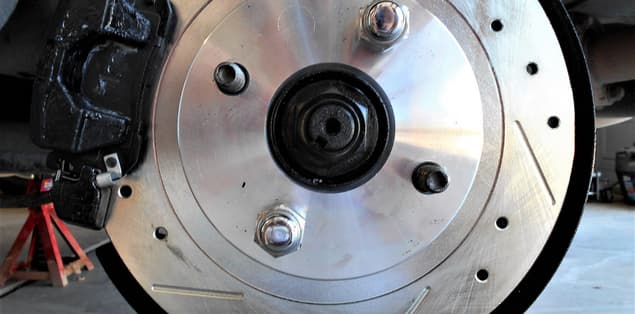
The brake rotor we use comprises enormous metal discs that attach to the car’s braking system. Their location is the center between the two brake pads.
With the assistance of the braking caliper, these pads squeeze against the rotor, which causes your car to slow down and eventually stop. This caliper gets its hydraulic pressure from the master cylinder, and the brake pedal is the one that activates the cylinder.
WORN BRAKE PADS
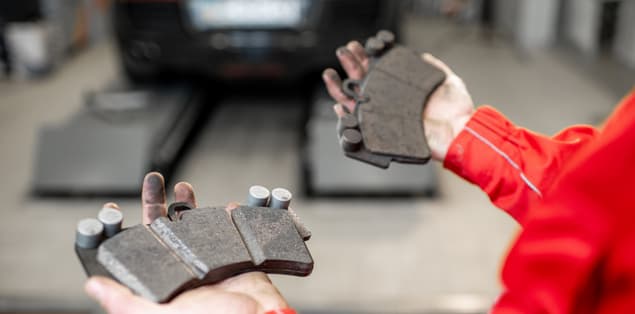
There’s no getting around the fact that brake pads will wear out over time. In addition, the degree to which the brake pads and rotors are unevenly worn out will determine whether or not you detect vibrations. It’s probably time to get a brake service if using the brakes causes your car to vibrate, and an irritating screeching sound accompanies it.
THE BRAKE CALIPERS ARE STUCK IN THEIR POSITIONS
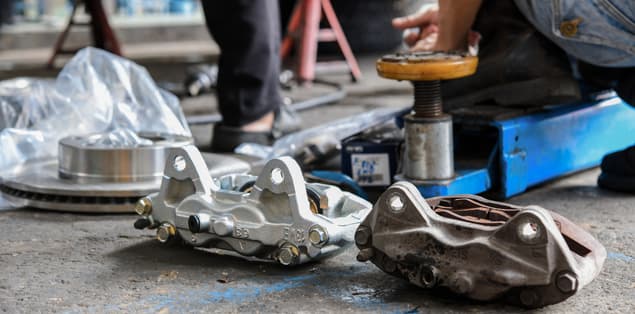
Your brake calipers are the components responsible for applying pressure to the brake pads to make contact with the rotors. When you apply pressure to the brake pedal, hydraulic fluid begins to fill the chambers of the caliper.
This pushes the caliper pistons outward and into contact with the brake pads, slows the rotor, and results in a stuck brake caliper. When you apply greater force to the brake pedal, more fluid pressure fills in the calipers, which in turn causes more force to be delivered to the brake pads and rotors.
When you press the brake pedal, if the brake caliper or the pistons in the brake caliper get stuck, the brake caliper cannot effectively push the brake pads against the rotors, which causes the car to shake. It’s also possible for the brake calipers to become trapped in the engaged position, which prevents the brake pad from separating from the rotor.
Why Does My Car Shake When I Hit the Brakes?
When you apply greater force to the pedal, more fluid pressure fills in the calipers, which in turn causes more force to be delivered to the brake pad and brake rotor. If the caliper or the pistons of the caliper get stuck, the caliper will be unable to efficiently press the brake pad against the rotors, which may result in vibrations when you use the breaks. This may happen if the caliper or the pistons inside the caliper become stuck.
How Do Car Brakes Work?
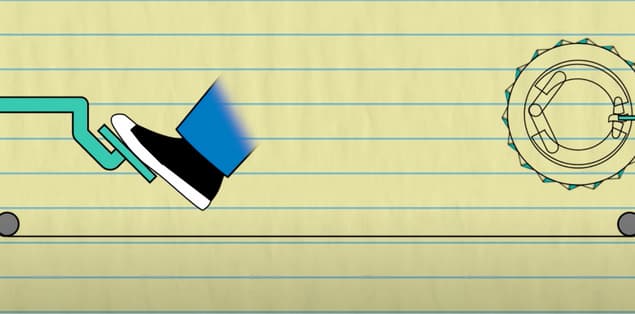
The essential elements that make up your car’s braking system are the cylinder, servo, brake caliper, discs, drums, pads, and shoes. Other essential elements include brake fluid and cylinders. In addition, a network of brake hoses and brake pipes connect the individual components.
The engine compartment is where you’ll find the cylinder linked to the brake pedal. Brake fluid is pumped d into the cylinder at this time. When you press the brake pedal, it creates hydraulic pressure in the master cylinder.
This pressure causes brake fluid to pressurize as it travels through a series of brake pipes and hoses to the hydraulically activated pistons in each wheel’s hub assembly. These pistons then force the friction material on your brake pads or shoes onto rotating parts, which ultimately causes your vehicle to come to a stop.
Disc brakes and drum brakes are the two most prevalent variations of brake assemblies available for purchase today. In addition, we consider anti-lock braking systems (ABS) as standard equipment in contemporary automobiles.
DISC BRAKES
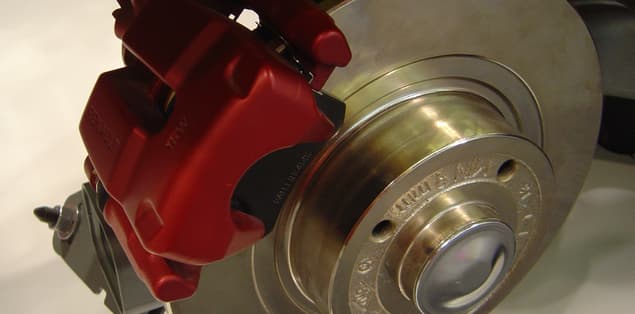
A disc brake system includes a brake disc, a caliper, and pads. Brake pad friction material is squeezed against the brake disc surface by a pressurized hydraulic fluid when the pedal is pressed down. Friction is created as a result of this contact, allowing the vehicle to slow or stop.
DRUM BRAKES
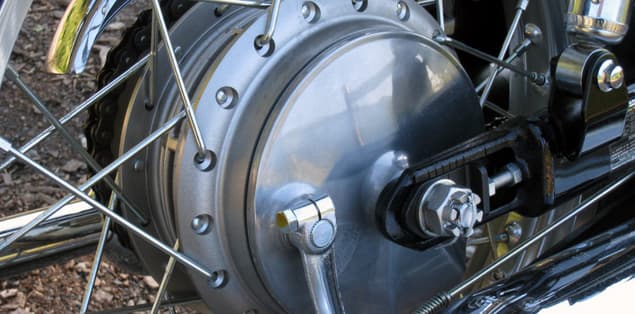
Shoes, drums, and cylinders all go into the construction of this kind of mechanism. Hydraulic wheel cylinders press the two curved brake shoes with friction material linings on the inner surface of a revolving brake drum when the pedal is pressed. Friction is created as a result of this contact, allowing the vehicle to slow or stop.
ANTI-LOCK BRAKING SYSTEM (ABS)
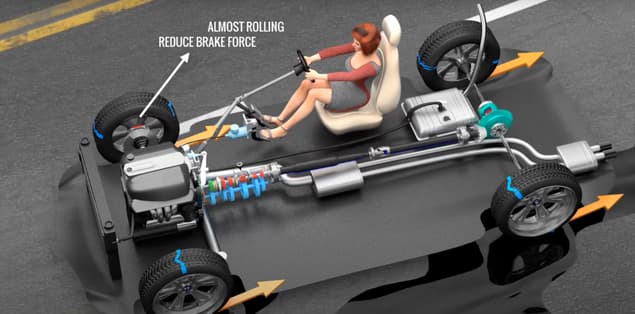
All-wheel-drive (ABS) systems function by applying and releasing pressure to wheels that descend too rapidly. This prevents the brakes from locking up and causing the automobile to slide, allowing for optimum stopping power.
As soon as you switch on your car’s ignition, the ABS in your vehicle is put to the test. In the event that the ABS detects a problem, the normal braking system is used instead. Warning lights on the dashboard will alert the driver to a problem with the anti-lock brake system (ABS).
How Do I Stop My Car Shaking When I Brake?
You most likely have warped rotors, which means the rotors on your vehicle are not spherical. Your car will feel trembling whenever the brake pads apply pressure to warped rotors. So you have to change them as quickly as possible so that you don’t damage other components or worsen your brake issues.
You might also have worn-out bent calipers or pads, which can create similar sensations. Therefore, you must take your vehicle in for preventive maintenance as soon as possible if this occurs at varying speeds (when braking).
Last but not least, use the brakes correctly at all times, even at a modest speed. For example, when you press the brake pedal with excessive force, the rotors will heat up and distort faster than they would under normal driving circumstances.
Is It Safe to Drive When Your Car Is Shaking?
It is essential to keep in mind that “shaking” may refer to a variety of effects. For example, your rear wheels could have struck a bump or pothole, which would create a slight shaking, but a significant tremor would probably be caused by hitting something else or the wheel bearings losing grip on the road.
As getting into an accident might result in significant injuries or even death for you and the people in your immediate vicinity, you first need to decide whether or not it is safe to continue driving.
If the shaking is not too severe, you can do a few things to keep yourself safe until you reach your home: Make sure to check your wheels. Verify that they have the appropriate amount of air in them, and if they do, ensure that the wheel’s pressure gauge is functioning correctly. If the wheels have lost a significant amount of air, you should probably inflate them first and then check the pressure afterward.
It would help if you used an air pump connected to your vehicle to verify that the vehicle has the appropriate amount of air in it. Look carefully beneath your vehicle with a flashlight for any evidence of damage or pieces that may have come loose on the road.
Examine the surrounding area carefully for any skid marks or potholes that would explain the shaking. It is essential to be aware of the blind spots in your vehicle if it is equipped with such features to have a better awareness of what is approaching from behind you.
Why Does Your Steering Wheel Shake When Braking?
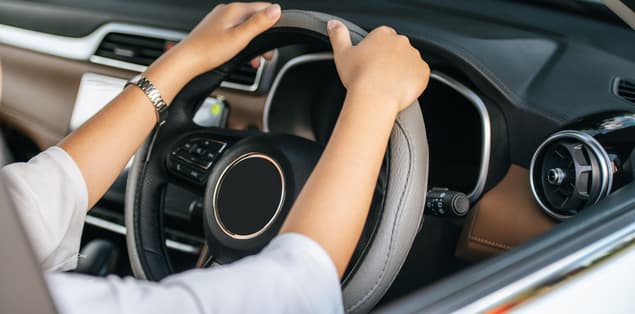
Have you ever driven down the road, enjoying the smooth operation of your vehicle, only to realize that the instant you apply the brakes, you have a shaking steering wheel?
The first thing that comes to your mind may be that you’ve just driven into a seismic fault line. That is a possibility; however, it is more probable that your vehicle has an issue.
Shaking of steering wheels can be caused by various issues, including a broken motor mount, bent rims, faulty CV joints, or loose lug nuts, among other things. However, none of these automobile issues would cause the steering wheel to wobble in just one direction when the brakes are applied. The rotors are nearly always the source of the problem in this scenario.
Final Words – Why Does My Car Shake When I Brake?
To determine why your car is shaking, you need certified technicians to carefully inspect the system and find the reasons.
They will examine your car and identify the problem with the braking rotors or brake pads. They will then make the necessary repairs to fix the issue.
